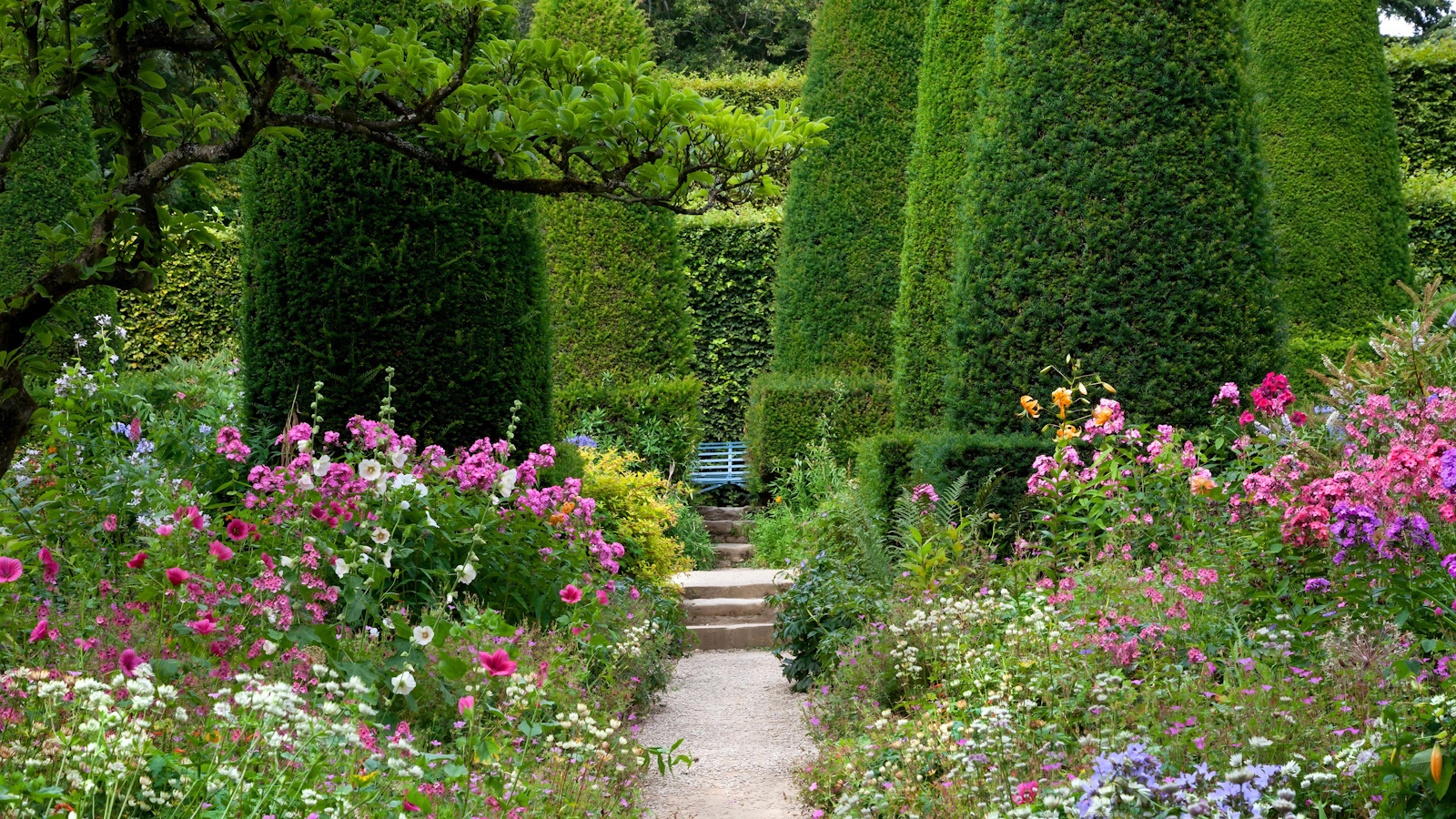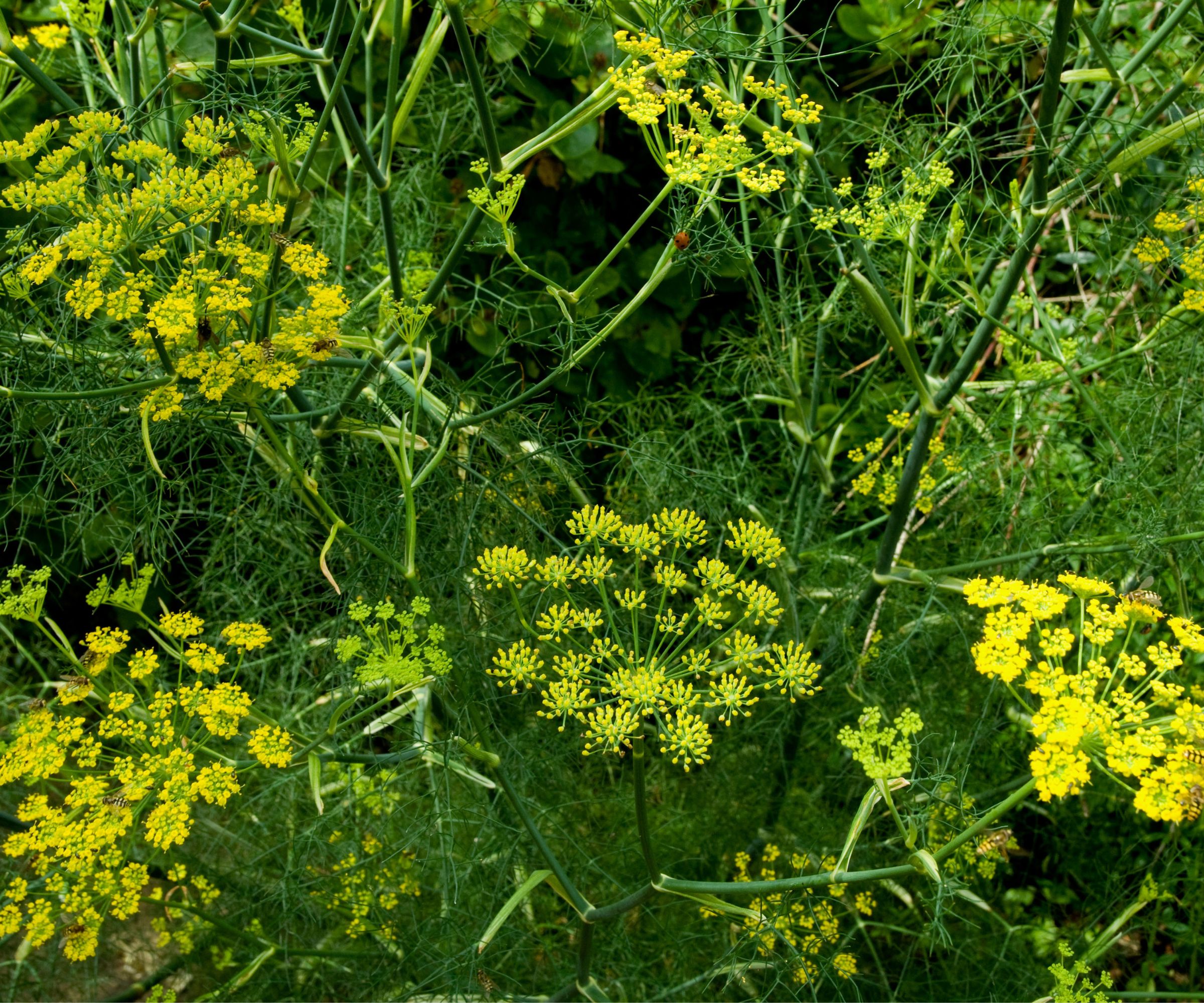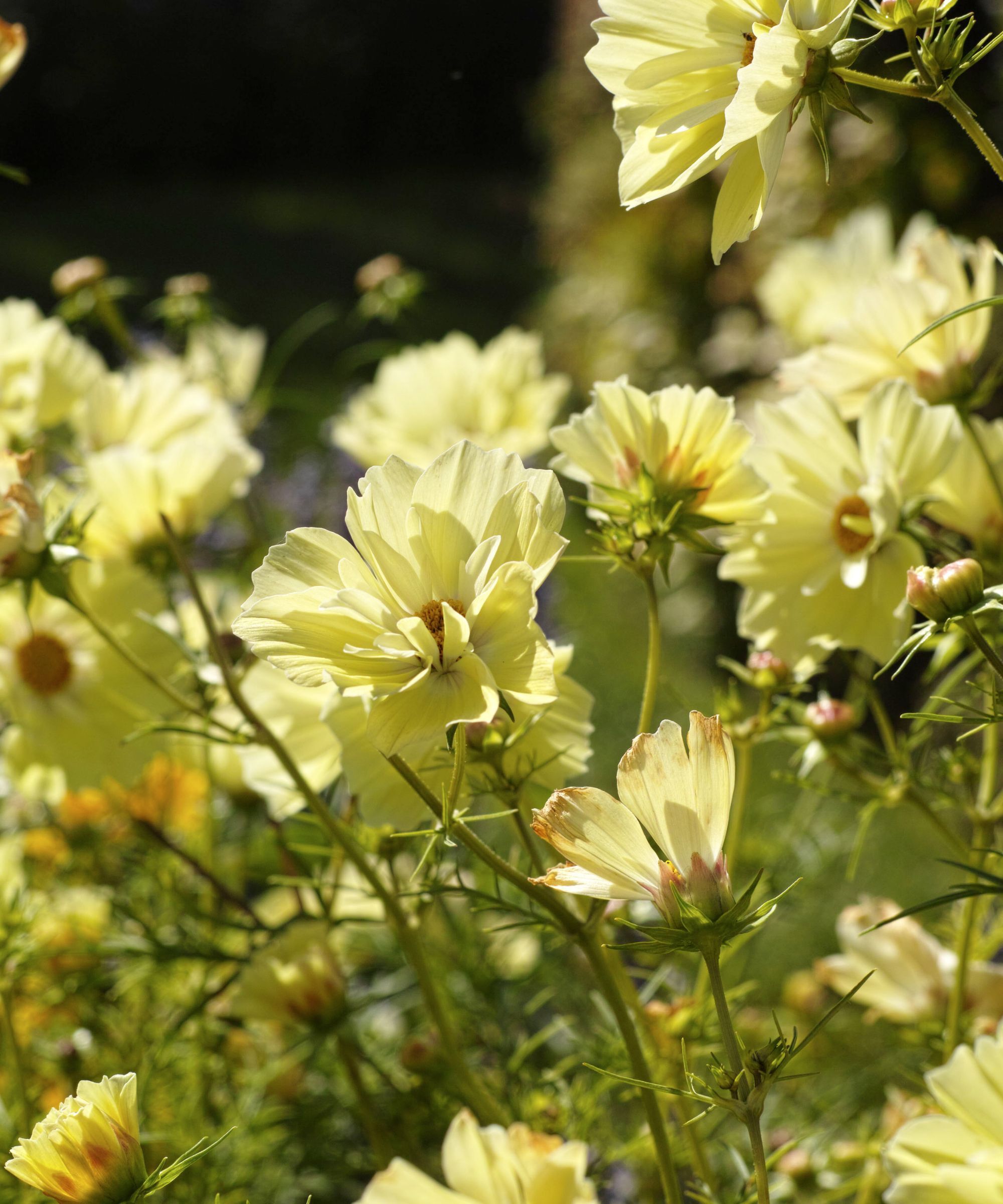5 plants that attract ladybugs and bring them to your garden in droves – for natural, non-toxic pest control
Ladybugs are the gardener's best friend, but how can we encourage more of them to our gardens?


We all know that ladybugs are a vital part of any garden's ecosystem. Not only are they wonderfully efficient pollinators, but they feed on aphids and other less welcome visitors in the garden, removing the need for harsh chemical sprays. Beckoning ladybugs to take refuge in your garden, though, may seem tricky. How to get these helpful little bugs into your yard?
If you're searching for ways to encourage and attract ladybugs to your yard, then it's worth planting some, or all of these key plants that are irresistible to ladybugs. Whilst you can buy ladybugs and have them delivered to your door, if you so choose, without a delicious spread of plants they like to gorge on, they're likely to abandon ship fairly quickly. With this in mind, it's worth integrating some plants that attract ladybugs into your garden, so they not only come but, crucially, they stay.
Here are five plants to incorporate into your planting scheme now to attract these helpful garden heroes.
1. Zinnias

If you have a sun-drenched border in your garden that benefits from full sun for most of the day, it should most definitely be the home to some zinnias, not least for their ability to bring kaleidoscopic color to borders and make for the most perfect cut flowers, with a long picking season and excellent vase life.
Ladybugs are the biggest fans of zinnias, too, feasting on their nectar and using them as a place of sanctuary to lay their eggs.
It's paramount that you pick the right zinnia varieties, though, for ladybugs to be truly impressed by your efforts. Single-flowered varieties are most loved by wildlife, including honey bees, butterflies, and ladybirds. Look out for zinnias like these Raspberry Lemonade Mix Zinnias available at Burpee, particularly if you love that boiled-sweet, bright, and bombastic color palette.
If you're looking for colors that are still deeply attractive to ladybugs, but more mellow and earthy in color, head for these Old Mexico Zinnias available at Burpee, which are mesmerizing in the height of summer.
Design expertise in your inbox – from inspiring decorating ideas and beautiful celebrity homes to practical gardening advice and shopping round-ups.
Whilst there are some semi-double, double, and pompom shapes which are very easy on the eye, they are less exciting for our ladybug friends.
2. Nasturtiums

Nasturtiums are nearly always aflutter with ladybugs, butterflies, hummingbirds, beetles and bees
When it comes to the best plants for pollinators, it's hard to beat nasturtiums. Not only are they one of the best flowers that attract hummingbirds, but the flowers are edible (and look particularly pretty in salads), and they're a mecca for butterflies, bees, and ladybugs.
Growing nasturtiums for pest control is a method that truly does work remarkably well, far better than the toxic chemical sprays that claim to have the same effect. Not least because they're a magnet for ladybugs, which tackle even the most merciless colonies of mites, aphids, mealybugs, and insect eggs.
When it comes to picking the best nasturtium varieties to grow to attract ladybugs in large quantities, remember that these bugs are attracted to those plants that are riot of color. 'Empress of India' is a particularly beautiful nasturtium, and wildly easy to grow quickly from seed. The 'Empress of India' seeds are available now from True Leaf Market.
3. Herbs in the carrot family

Yellow Fennel is a nectar-rich food source for adult ladybugs
All of the herbs in the carrot family are irresistible to ladybugs. Dill, fennel, parsley, and cilantro, when in flower, are all hugely enticing to all beneficial pollinators, not least ladybugs, which arrive in their masses to feast on their nectar-rich blooms.
Because all of these herbs have small, flat-topped flowers, they offer easy access to nectar and pollen. With that in mind, adding these to your herb garden ideas is nigh on essential if you want to lure ladybugs to your yard and keep them happy and healthy.
Cilantro, in particular, is a firm favourite in the world of ladybird cuisine, and letting it go to flower is the key. We recommend trying these heirloom organic cilantro seeds from True Leaf Market.
4. Elderflower

In summer, large fragrant clusters made up of star-shaped florets appear. These act as pollinator-friendly landing pads. A real ladybug magnet.
Not only do elderflowers make for the most whimsical addition to a naturalistic planting scheme, but they are also one of the best fragrant shrubs with a beautiful summer perfume, always choc-full of honey bees, and make for the most delicious edible flowers.
The dainty lace-like flowers on an elder shrub make for the perfect ladybird hangout. It's not just that it's jam-packed with nectar, but the structure of the inflorescence and foliage makes for a great spot for laying their eggs.
Ladybug larvae, whilst perhaps not as pretty as the red-and-black spotted adults, are just as, if not more industrious, than their parents, eating even more pests than they do when they are grown.
With this in mind, encouraging ladybugs to reproduce in your garden ensures a continuous cycle of pest control. Elderflowers are the perfect ladybugs' nurseries in this respect, allowing for generations of ladybugs to lay eggs, grow, feed, and hunt.
5. Cosmos

Yellow cosmos are easy for ladybugs to spot and their long flowering season provides ladybugs with nectar and pollen over a long period
All cosmos varieties are highly productive, long-flowering, and refreshingly easy to grow. If you are looking for stunning low maintenance plants to grow in pots, cosmos should be at the top of your wish list.
The main boon of adding cosmos to your planting scheme is, of course, that they are tremendously pretty and ethereal. Although their ability to lure in pollinators means they function just as much as they thrill.
Planting cosmos all around your garden will bring out the ladybugs in their droves, their food source being the main incentive, but the open shape of cosmos means that the pollen is particularly easy for them to access.
For a cottage garden look that will look just as beautiful in a flower border as sitting in a jug on the kitchen table, try these 'Apricotta' cosmos bipinnatus seeds available at Burpee.
Remember, whilst its easy to think of aphids as enemy number one, they are a vital food source for ladybugs, so don't go in heavy with a pesticide spray and wipe out all of their food source. Chemical pesticides harm beneficial insects like butterflies, dragonflies, moths, bees, beetles and ladybugs, just as severely as mites, aphids and mealybugs.
Incorporating more nectar rich blooms for pollinators will naturally increase your population of ladybugs, which are voracious eaters when it comes to common garden pests, eating thousands of aphids across their lifetime.
As well as these plants that attract ladybugs, its just as important to incorporate other plants like grasses and trees into your garden to provide shelter as they rest in the heat of the day and hibernate in when the temperatures plummet.

Sophia Pouget de St Victor is the UK Content Editor at Homes & Gardens, bringing readers the latest trends, expert insights, and timeless design inspiration tailored to a UK audience. With a background in luxury interiors and a qualification in Garden Design from London, she has a passion for creating spaces with character and emotional depth. Sophia gravitates toward interiors that defy definition, valuing individuality and effortless elegance. She lives in West London with her partner, two mischievous terriers, and a plump cat named Lettuce.